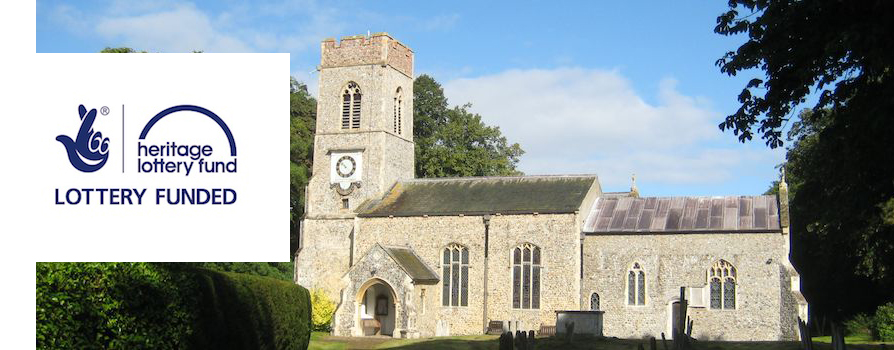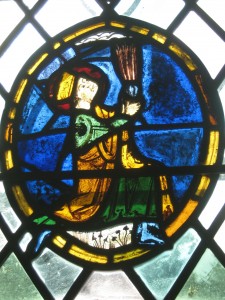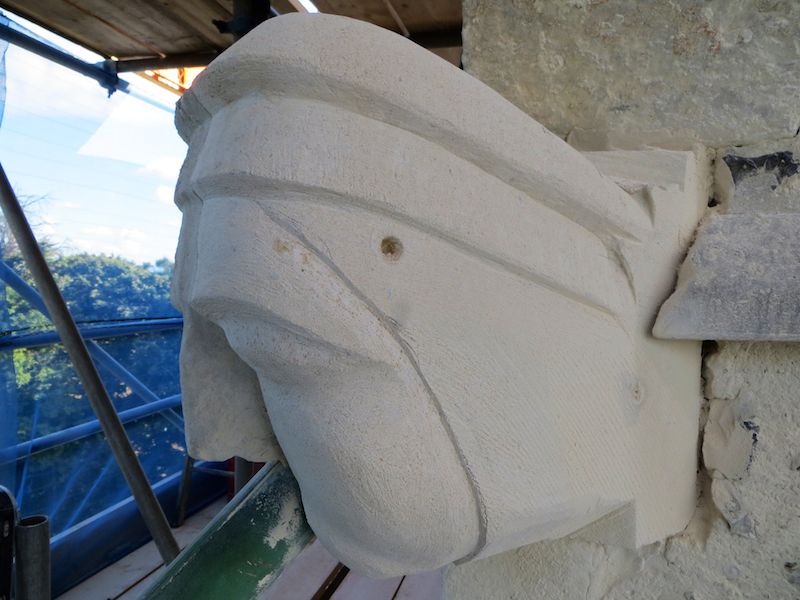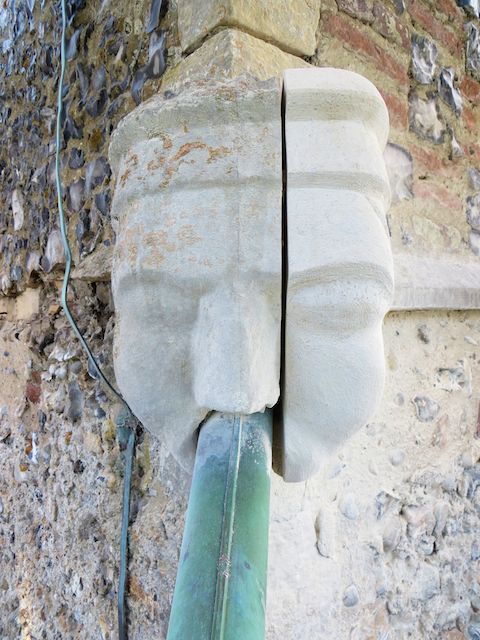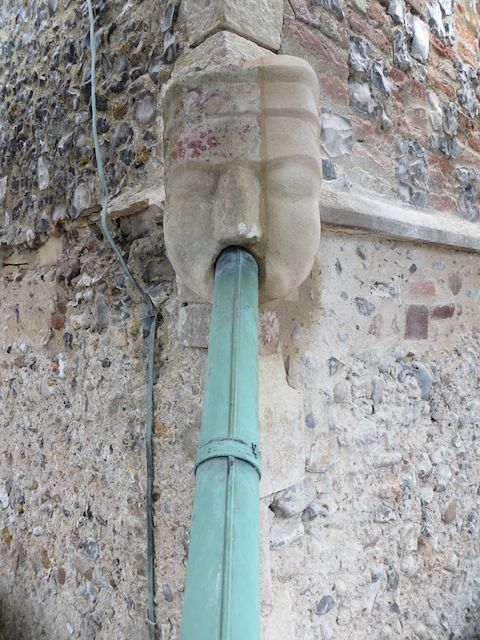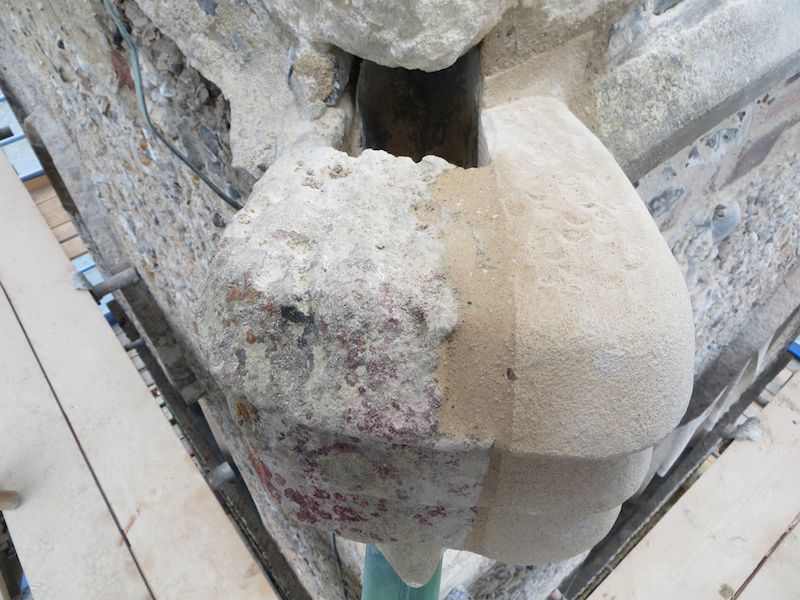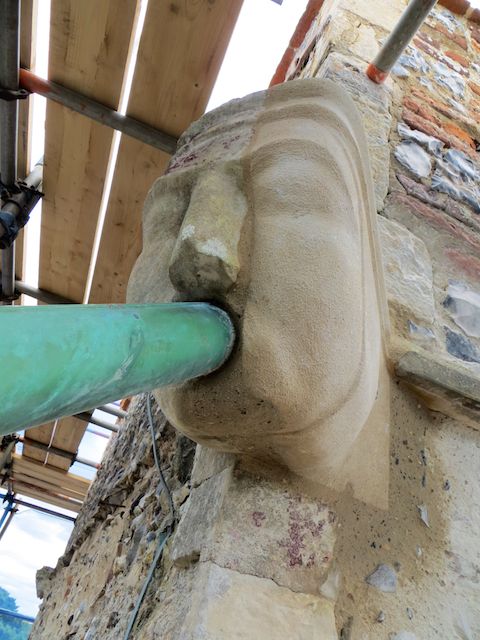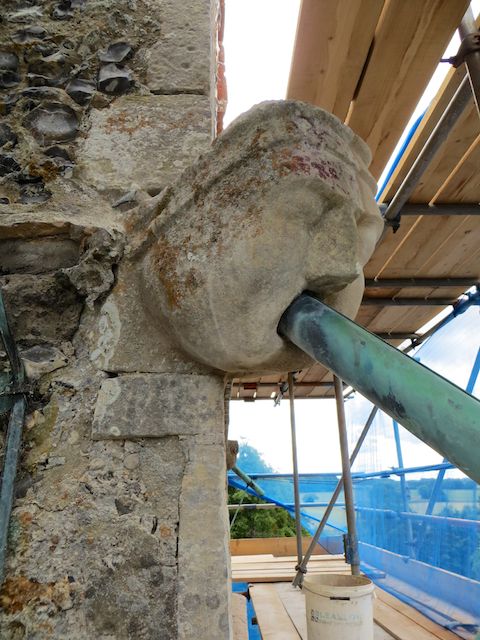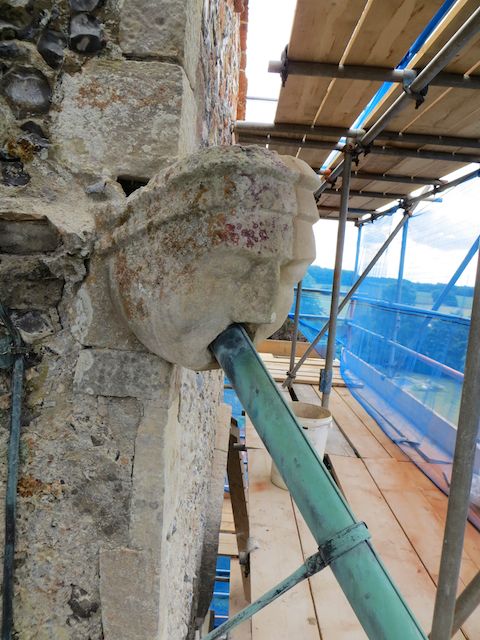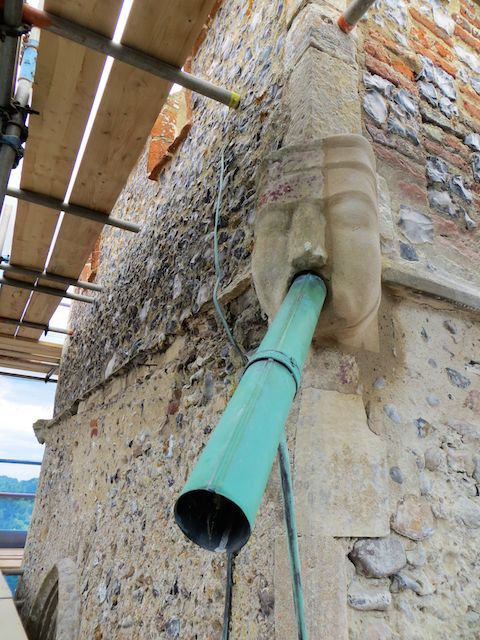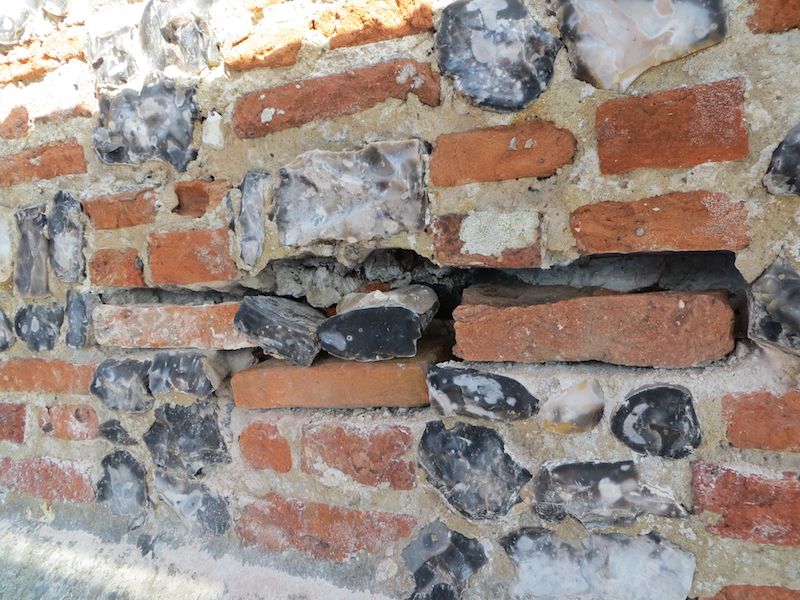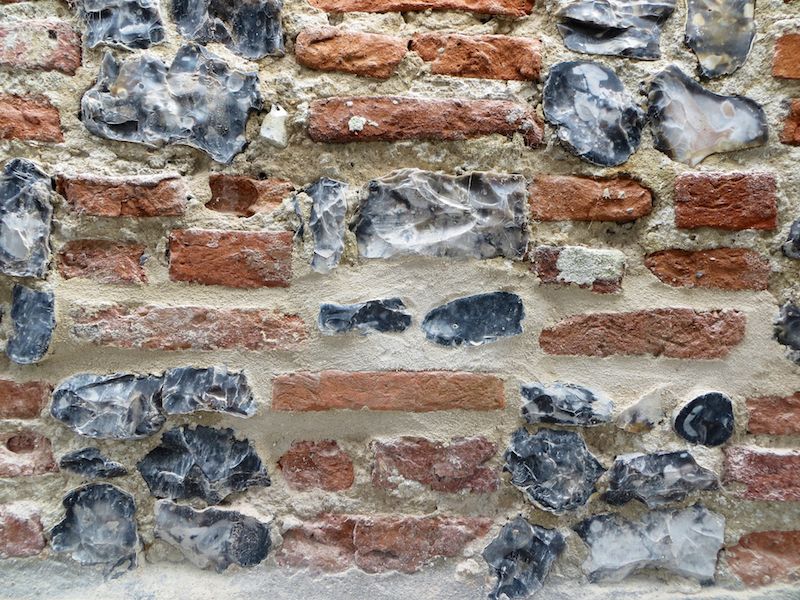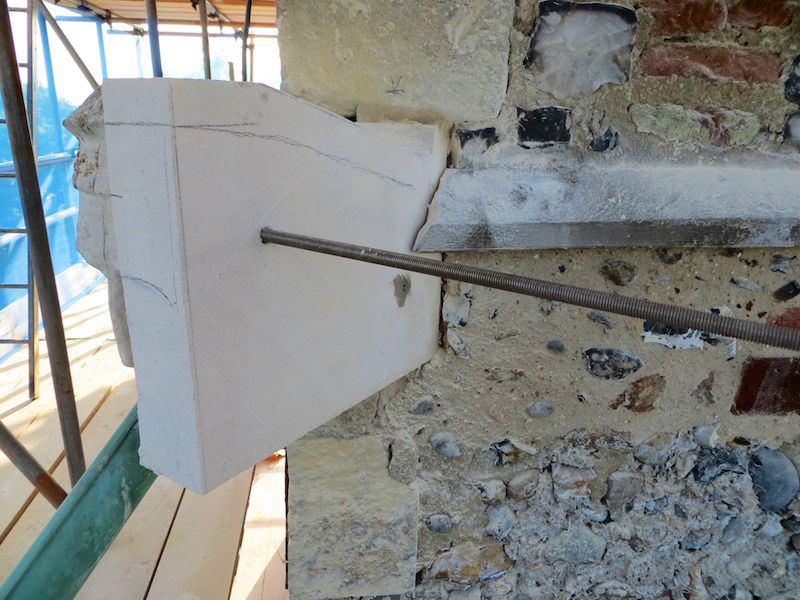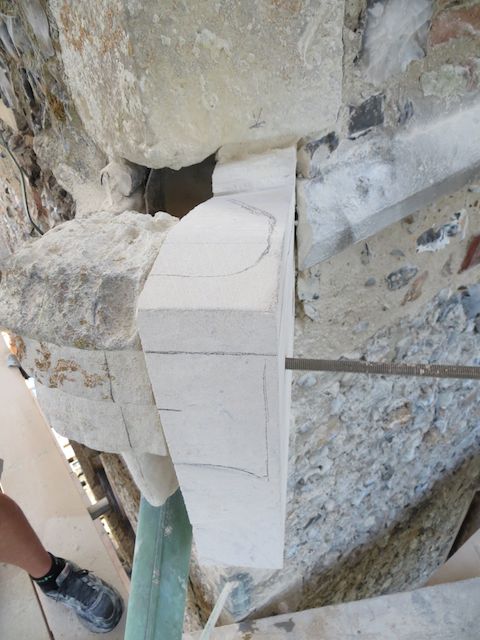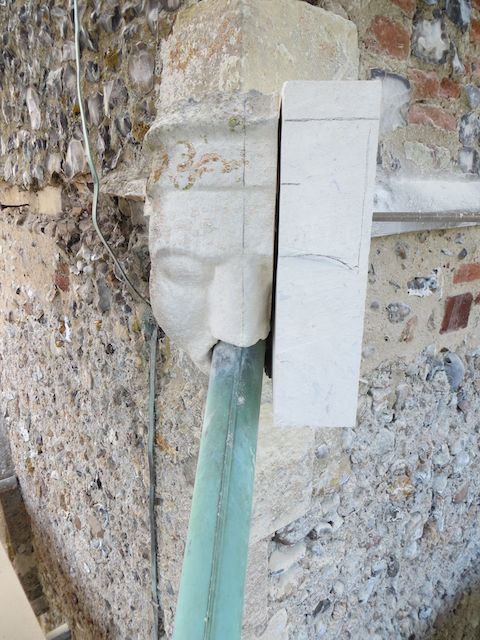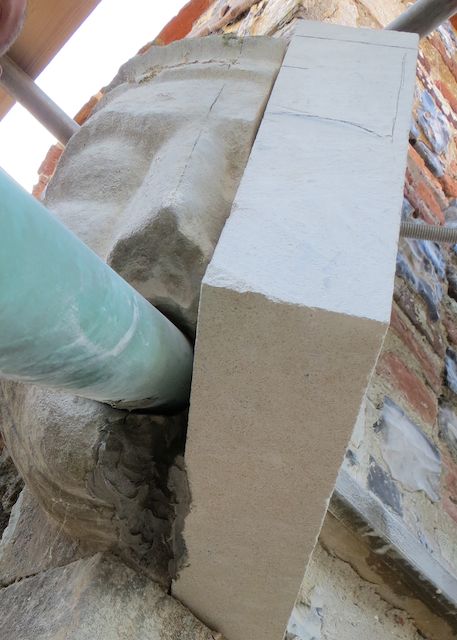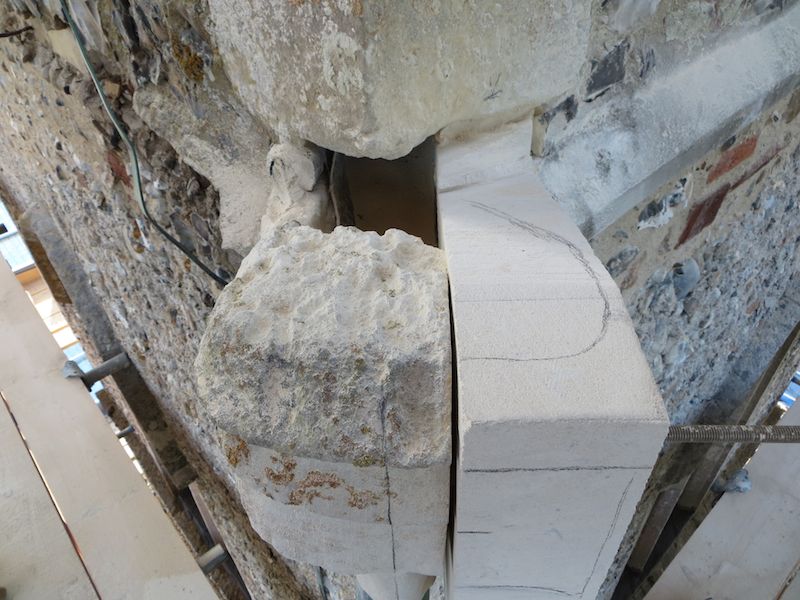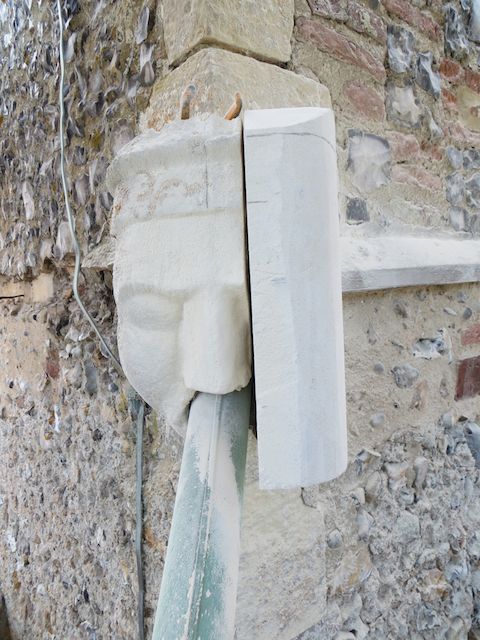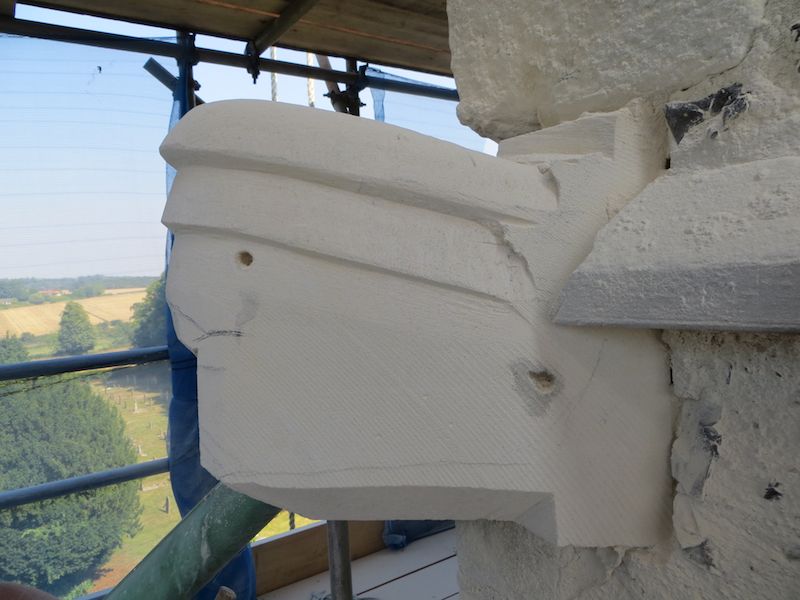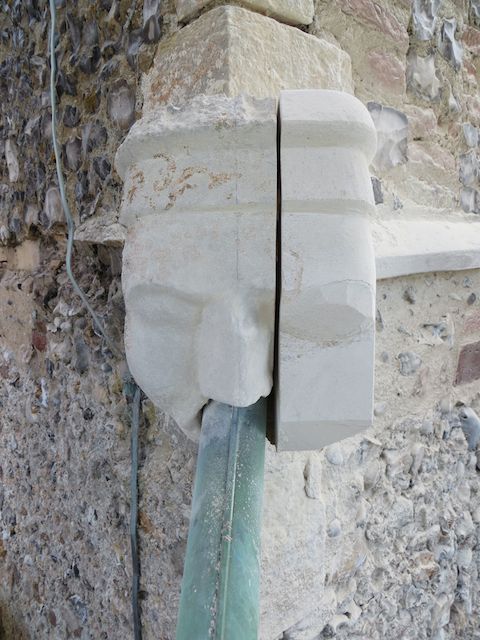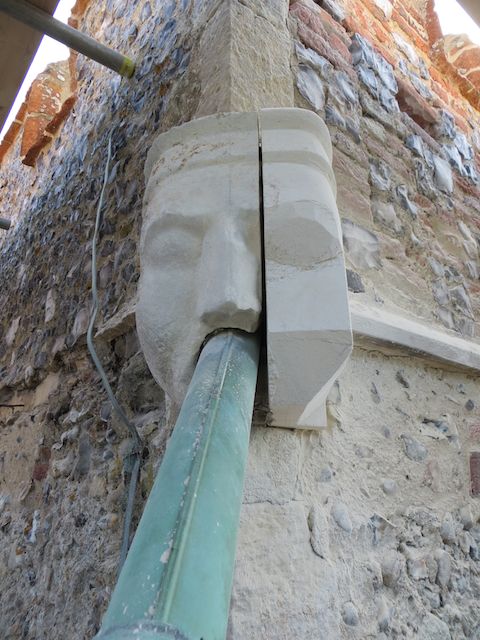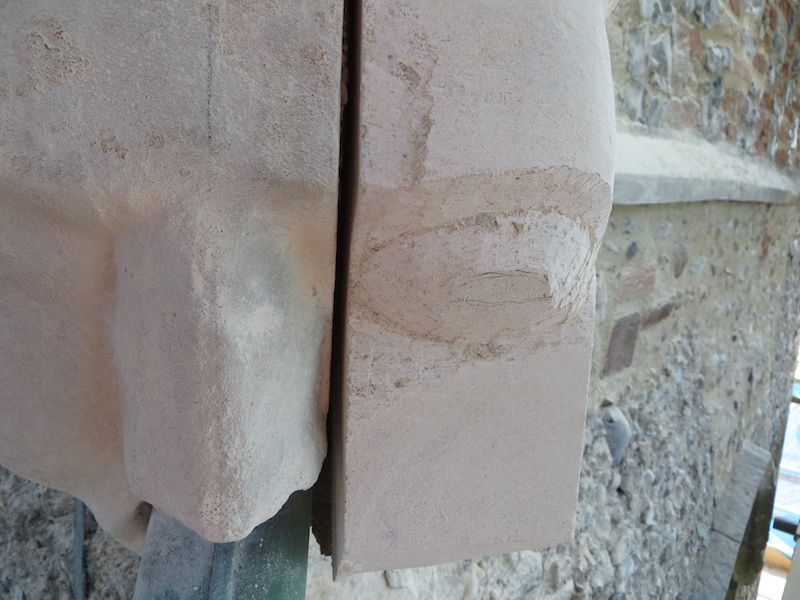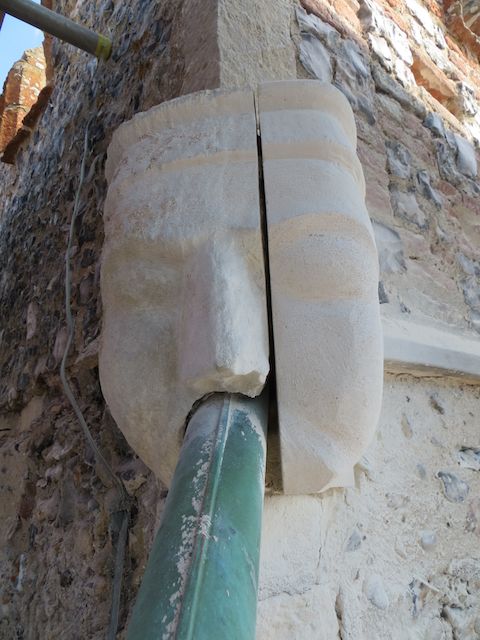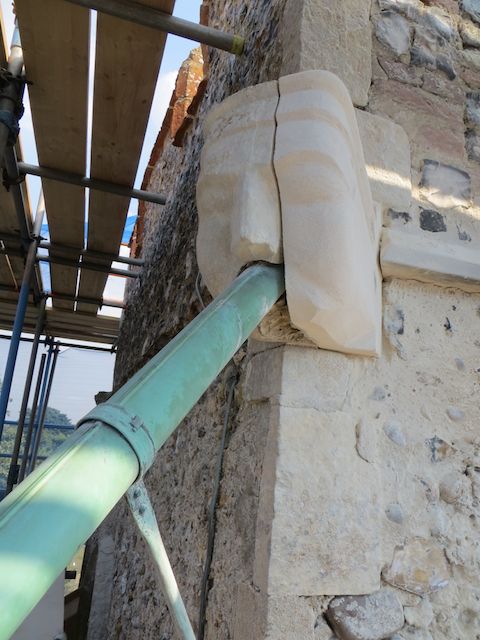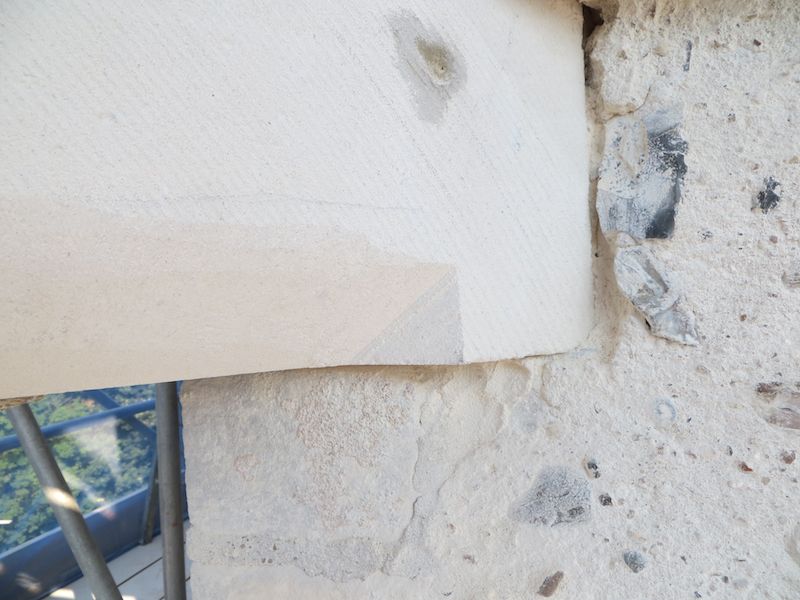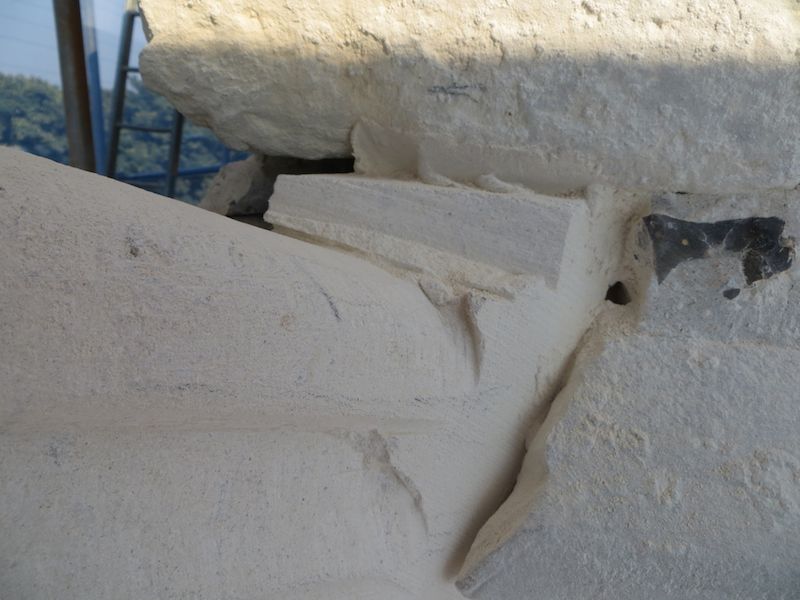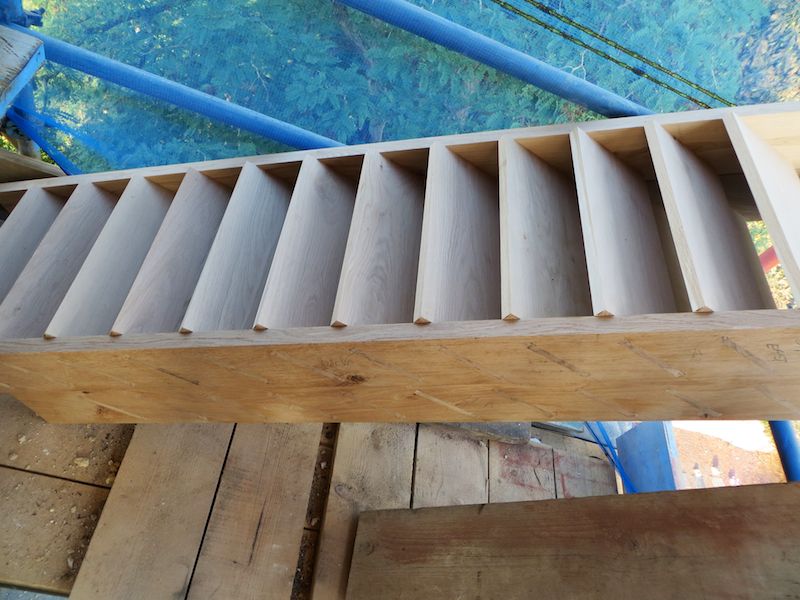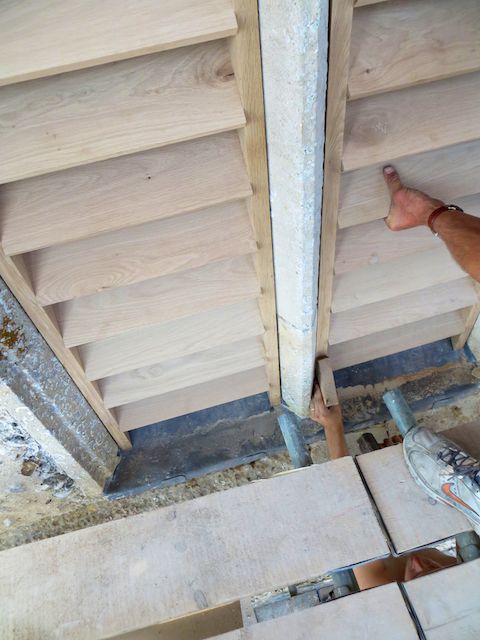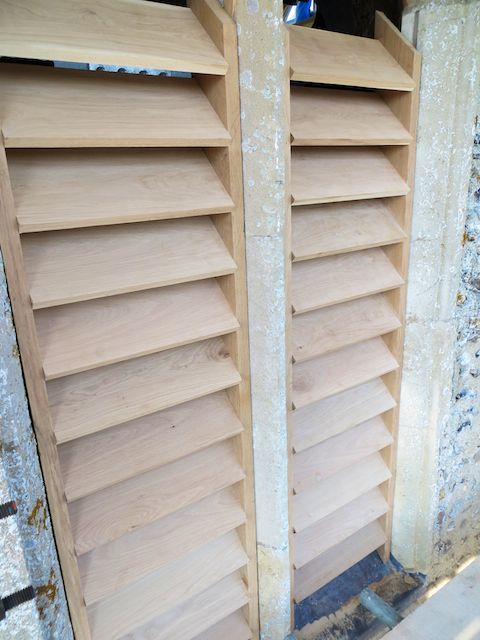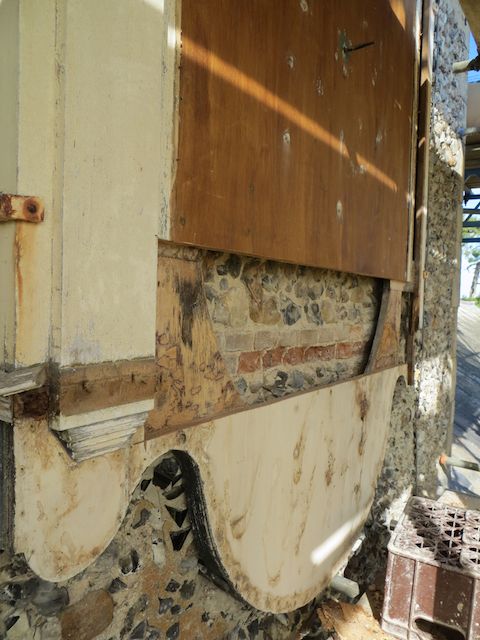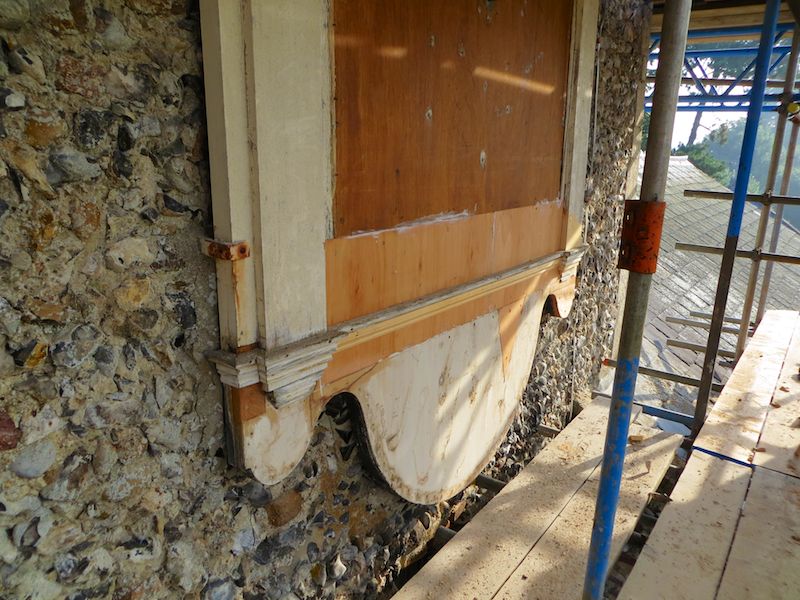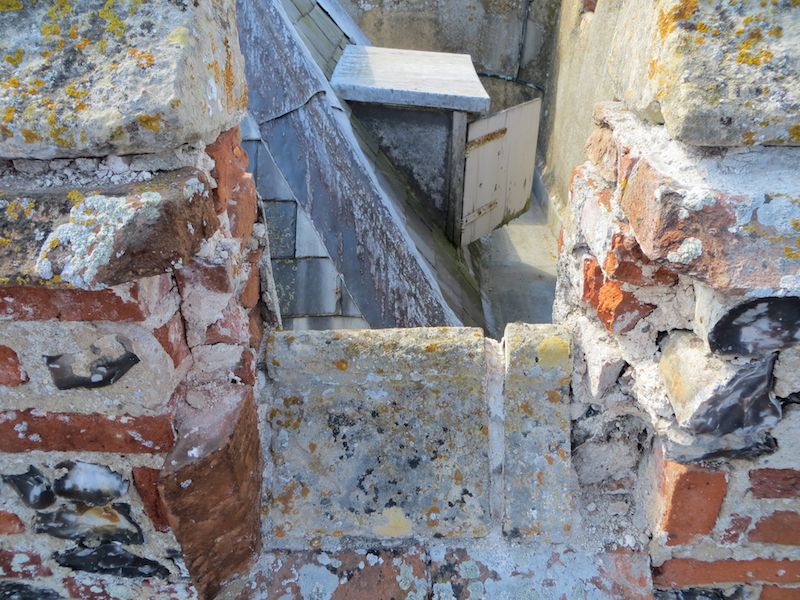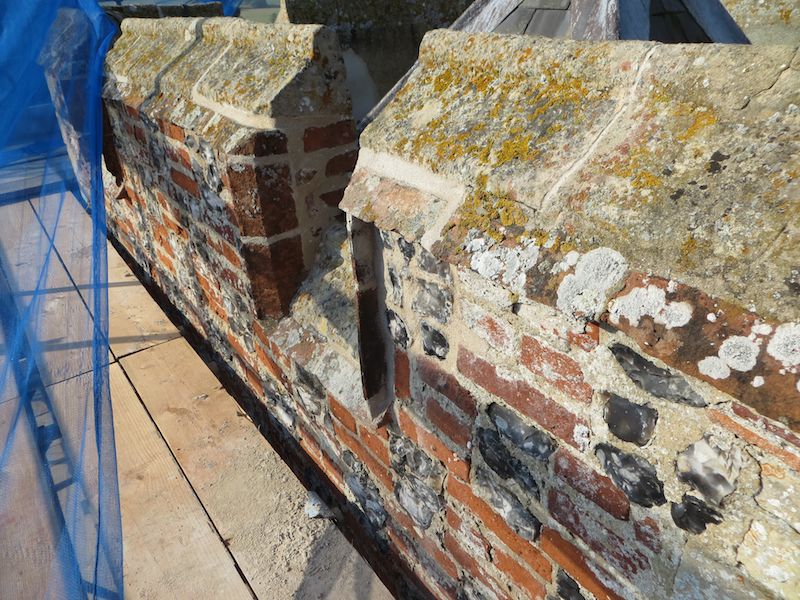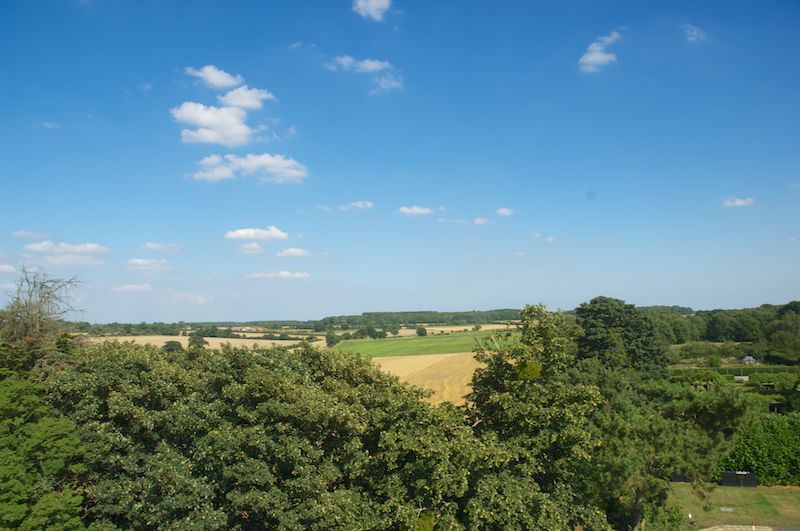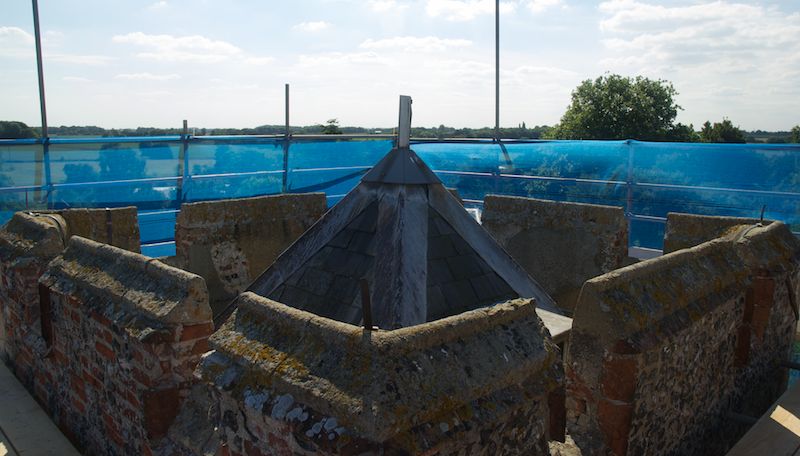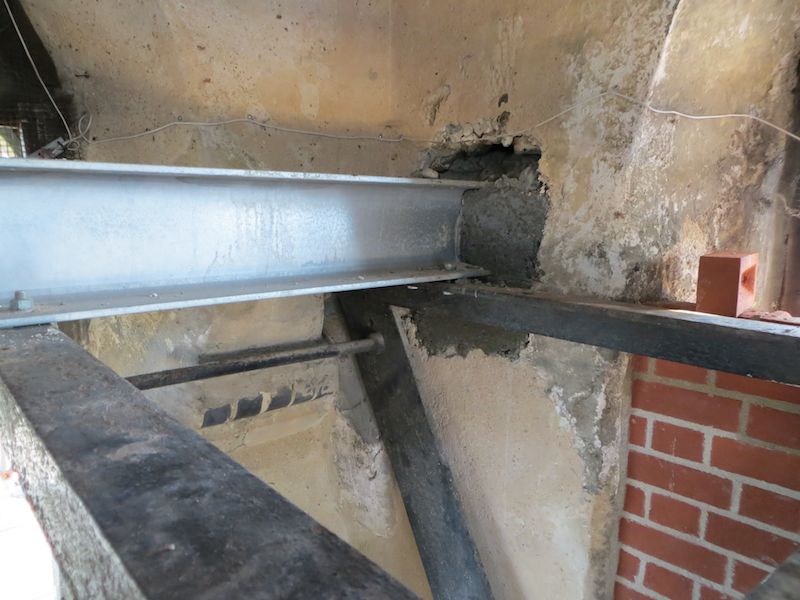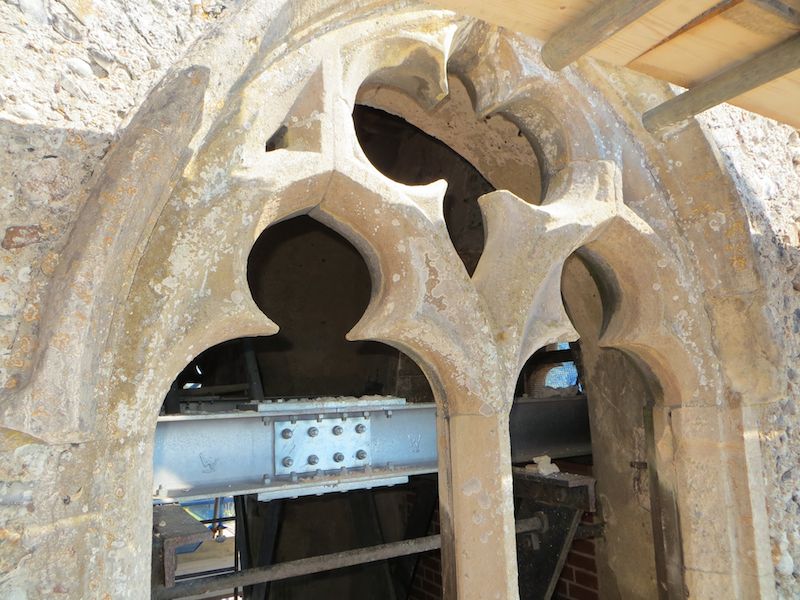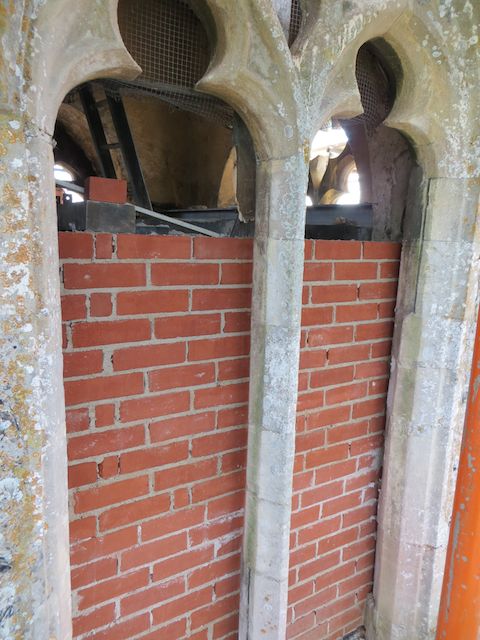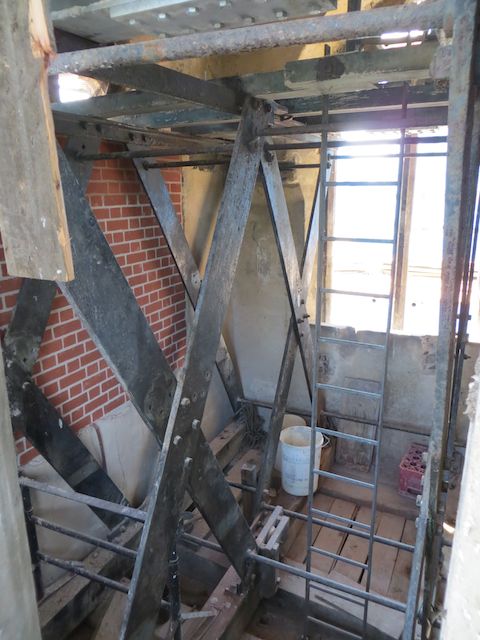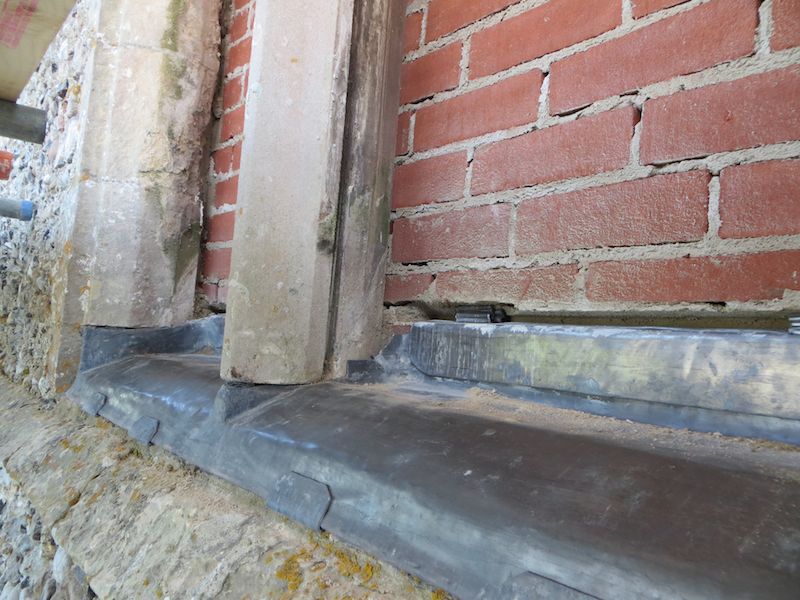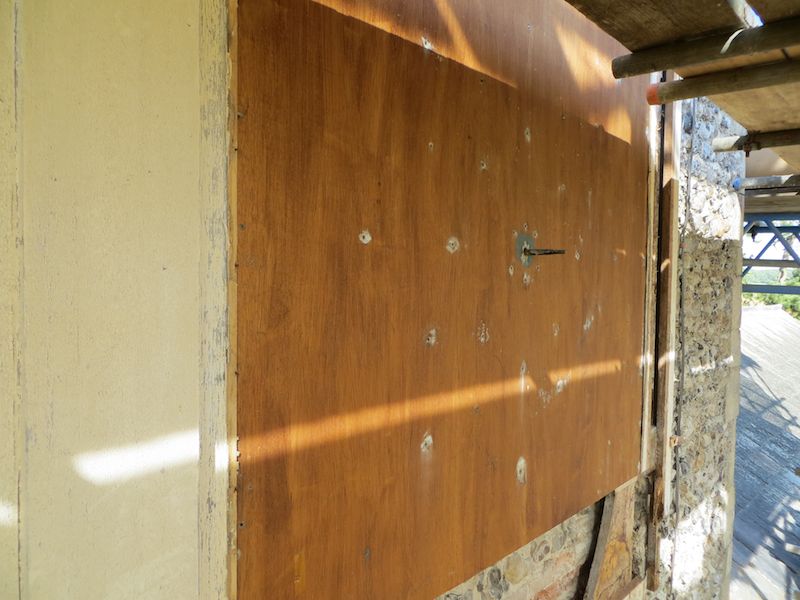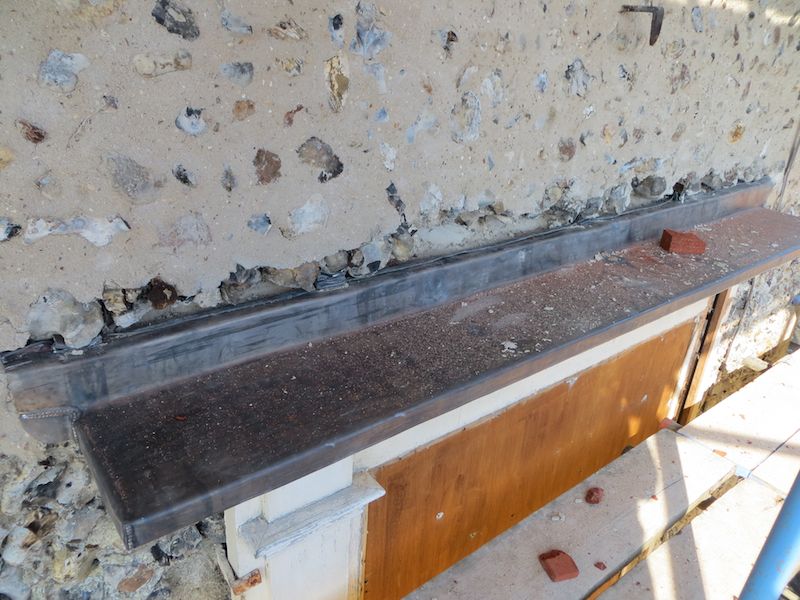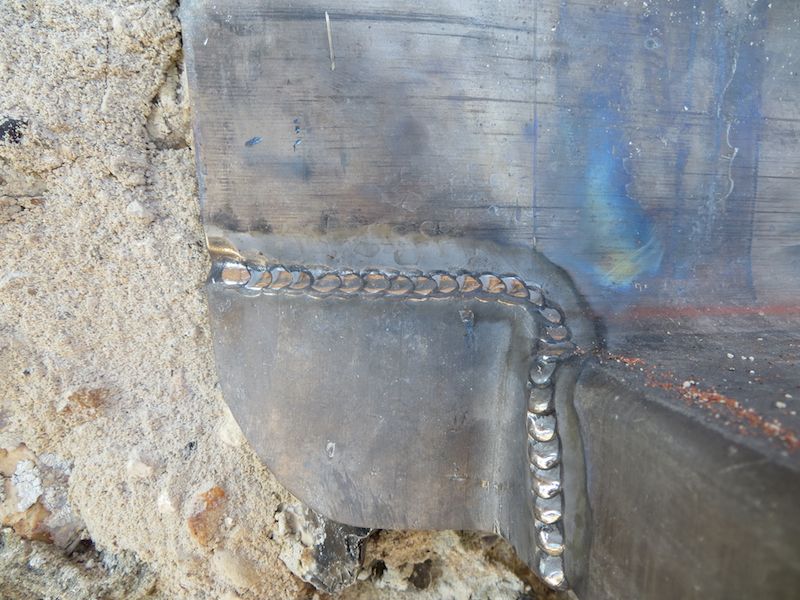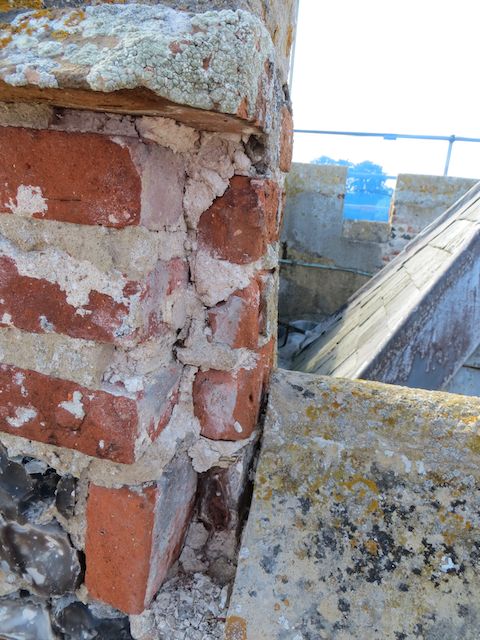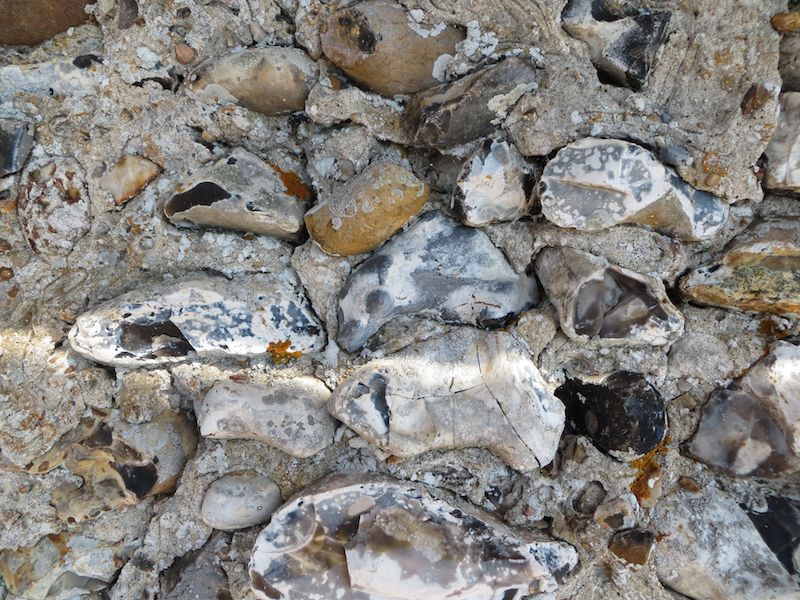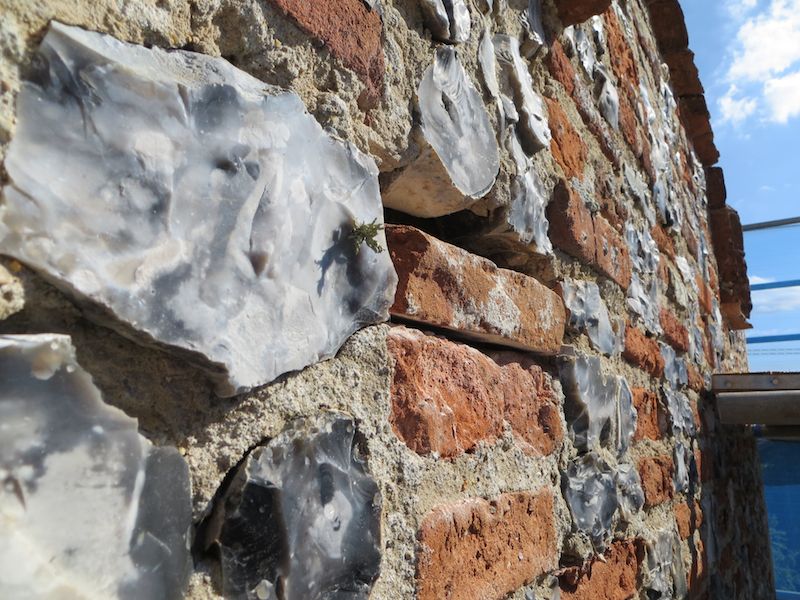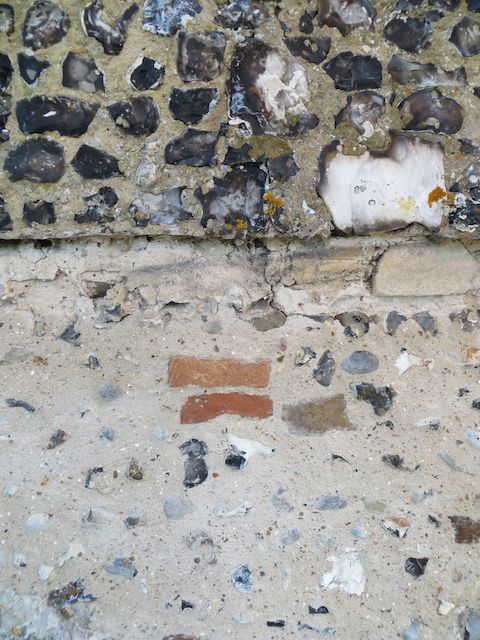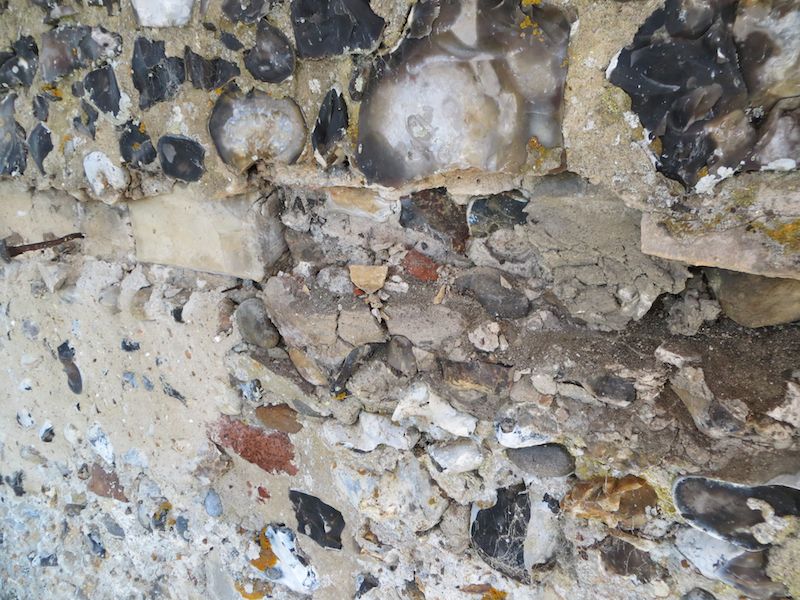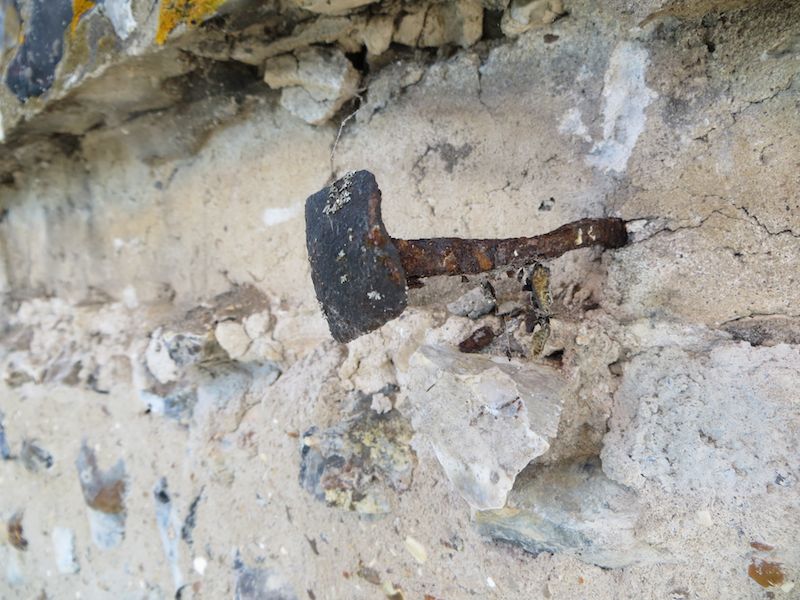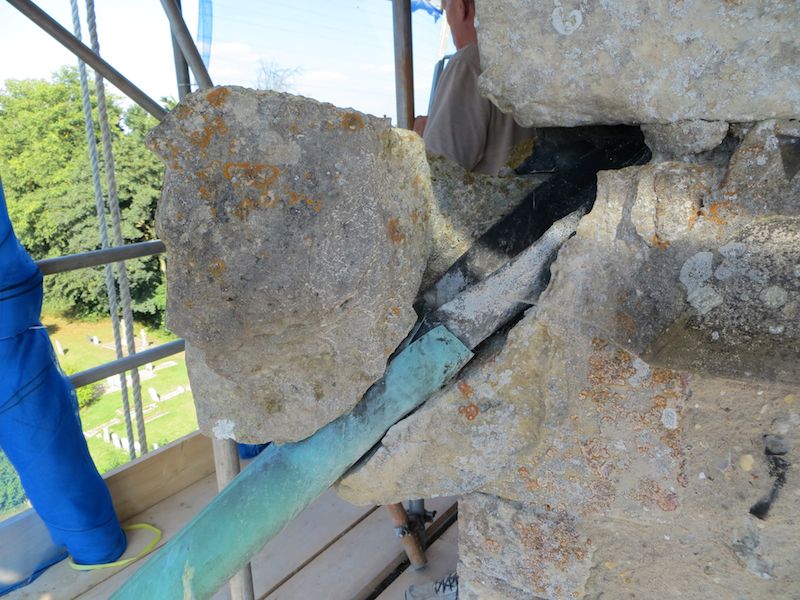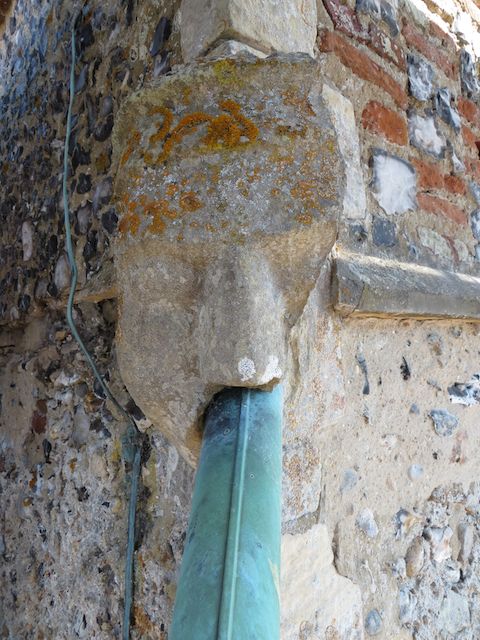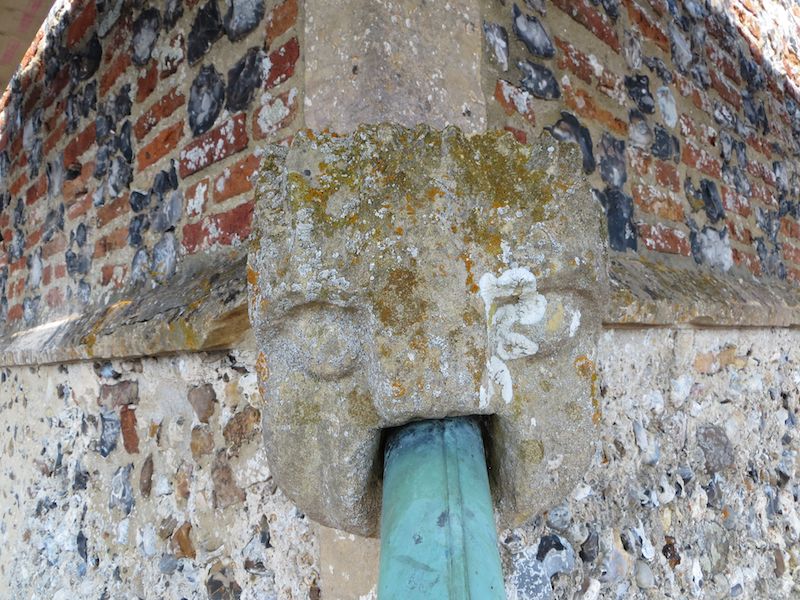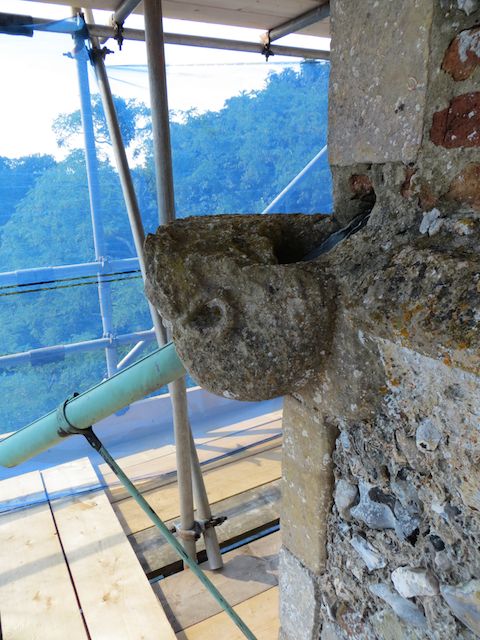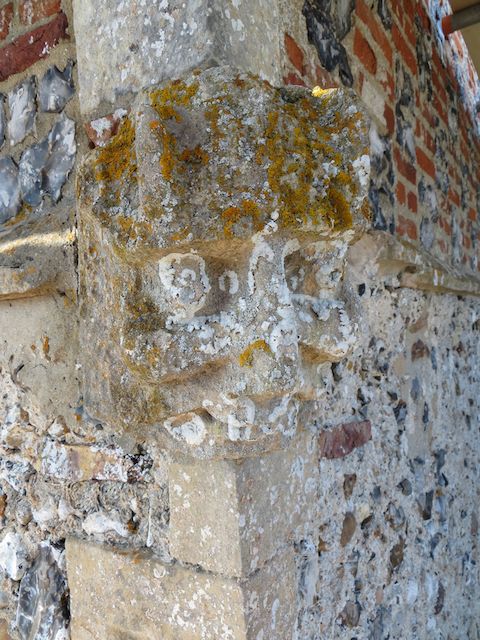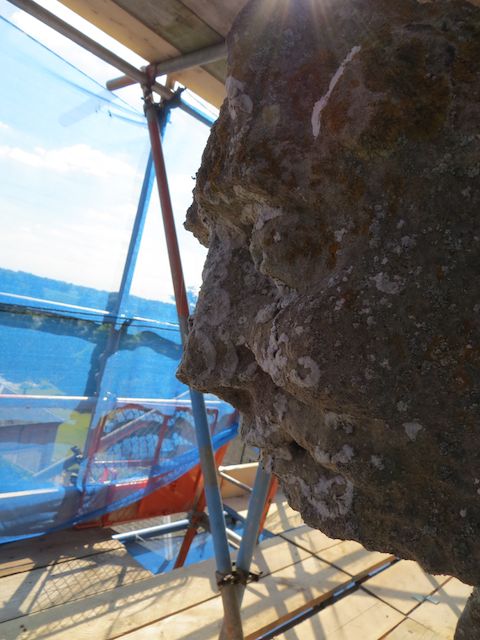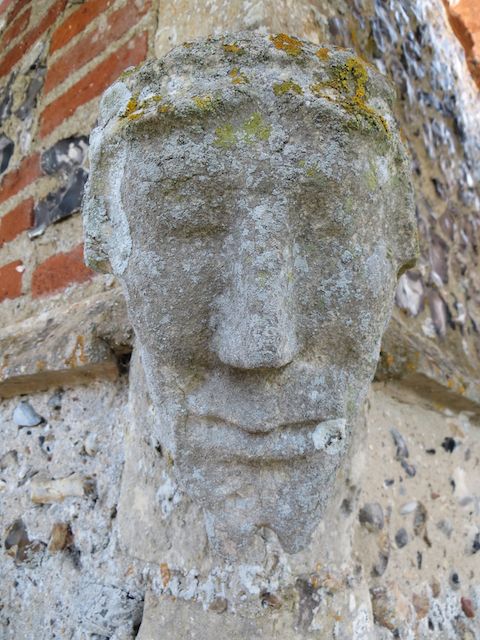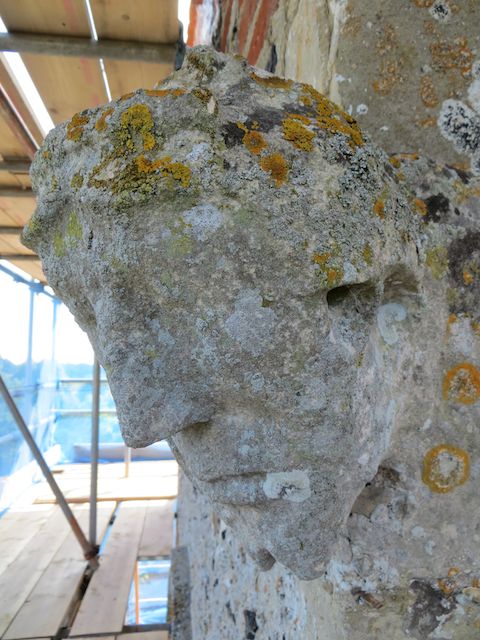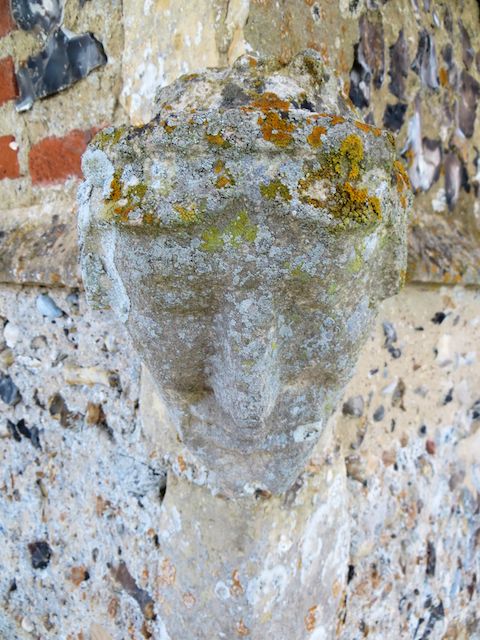On the morning of Saturday 21st September a group of ten people met in the church room to learn about genealogy.
Lynn started the session with a discussion of the definition of genealogy and some of the resources available to the family historian. She talked about some of the difficulties those researching their family history might encounter – for example transcription errors by enumerators at a census or Registrars when writing out a copy of a certificate or transcribing register entries onto the computer system. She also pointed out that sometimes the information given to the Registrar was incorrect (nowadays to give incorrect information is perjury) – in Victorian times many marriages involved young people who were 21 years old (the age from when no parental consent was required for marriage) many may have been 21 but some could well have been a little younger. On some marriage certificates the age is given as “OFA” (Of Full Age) which is not very helpful for a family historian!
One aspect covered in this session was how to research Scottish ancestors – the legal system in Scotland is different and so is the record keeping which throws up some interesting points for the family historian. In someways Scotland’s records are more helpful as they include more information however this can lead to confusion. Joan took us through her research into her family’s Scottish side and explained the naming conventions (a first born son would take his paternal grandfather’s name, a second born son his maternal grandfather’s name for example) prevalent in Scotland until recent years.
Lynn and Joan showed the group documents they had uncovered in their research, explained where they came from and exactly what was on each source document. They also explained that however official a source might be it is not necessarily correct – illiteracy (and presumed illiteracy) led to many errors as did simple incorrect information. Joan found a Scottish death certificate for one of her relatives where a nephew (she has been unable to trace this nephew’s connection to the family) stated that her relative’s father was “Adam” where she believes it was “Alexander”. This has introduced uncertainty into Joan’s research and it will not be easy for her to confirm the correct name as it is probable any previous births, marriages or deaths occurred before registration was introduced. Both Lynn and Joan emphasised that it is all too easy to make assumptions and “adopt” ancestors – however infuriating it may be sometimes you just can’t find the person you are looking for. Perseverance is the answer, keep looking!
We discussed how other aspects of life can be useful in family history. Lynn explained that five generations of her family worked in the cotton mills – from the very start to the very end of the industry in Lancashire – if she found two similar records looking at the occupation noted in the register or census could be used as a clue as to which person was more likely to be family and thus where to focus her research.
Another example The Norfolk Association of Bell-Ringers keep records and have allowed us to see that here in Saxlingham Nethergate a George Poyntz rang bells for many, many years – in fact we know that there were two George Poyntz, a father and son. Such information does not prove a relationship but it can be a clue and it helps to add colour to our ancestors’ life.
Many thanks to Lynn and Joan for a very interesting session.
